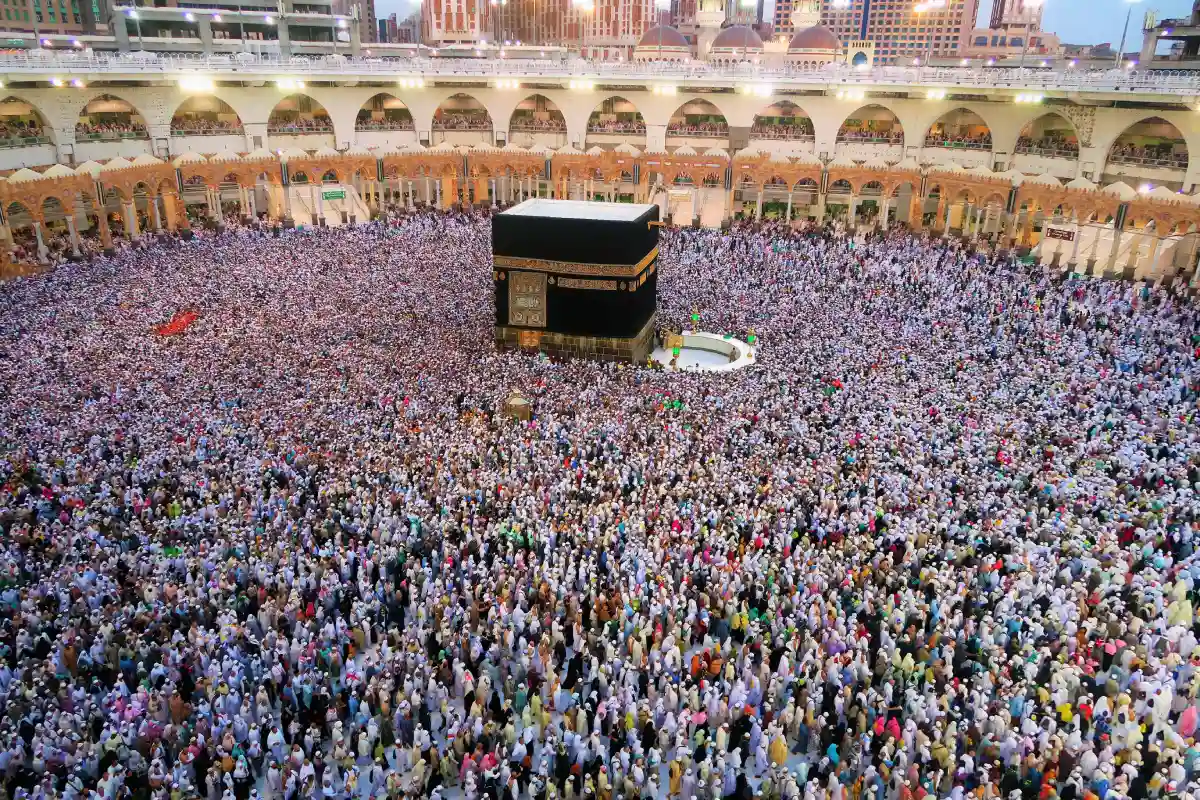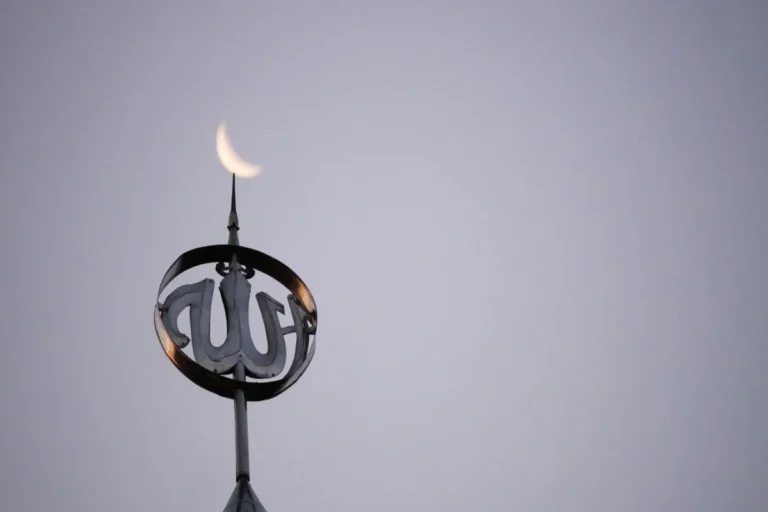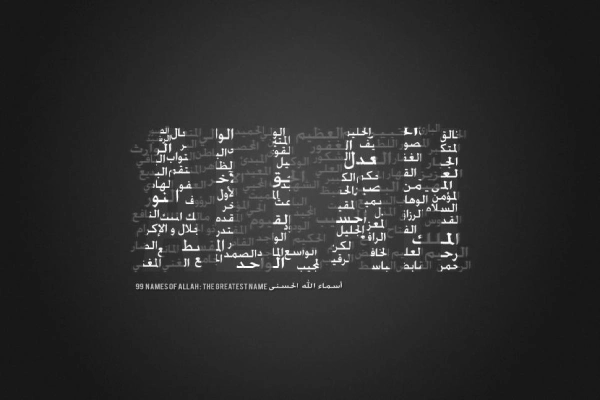How to Perform Hajj? A Spiritual Journey of Faith and Devotion

How to Perform Hajj? Hajj, the sacred Islamic pilgrimage, is a remarkable journey that holds immense significance in the hearts of Muslims worldwide. It is a testament to faith, a demonstration of devotion, and an opportunity for spiritual growth. At HalalThinker.com, our mission is to educate people about Islam and provide simple paths and roadmaps to help individuals become better Muslims. In this article, we will guide you through the step-by-step process of performing Hajj, allowing you to embark on this transformative pilgrimage with confidence and understanding.
Understanding the Essence of Hajj
Before delving into the intricacies of Hajj, it is crucial to grasp its profound significance and purpose. Hajj is not merely a physical journey; it is a spiritual odyssey, a symbol of total surrender to Allah, and an embodiment of faith and devotion. It serves as a reminder of the unity and equality of all Muslims, regardless of their background or social status.
To gain a deeper understanding of the principles and beliefs that underpin this sacred pilgrimage, we encourage you to explore our articles on:
- Ramadan Dua Guide: Discover the power of supplication and the significance of dua during the holy month of Ramadan.
- Who is Allah: Learn about the fundamental concept of Allah in Islam and deepen your connection with the Creator.
- What is a Mosque: Explore the role of mosques as spiritual and community centers, fostering a sense of unity and worship among Muslims.
Millions of Muslims from around the world gather annually in Mecca in anticipation of Hajj – the Muslim pilgrimage, which follows the actions of the Prophet Muhammad 1,377 years ago.
Taking part in the pilgrimage at least once in one’s lifetime is a major obligation for all able-bodied Muslims of financial means, and between two and three million people participate in the six-day ritual every year.
Hajj occurs in the 12th month of the Islamic lunar calendar, called Dhul-Hijjah, between the eighth and 13th days of the month.
While the specific rituals carried out by Muslims today date back to the Prophet Muhammad’s “farewell pilgrimage” in 632 AD, traveling to Mecca was a sacred annual rite for Arabian tribes centuries before the advent of Islam.
[source]
Step-by-Step Guide to Performing Hajj
1. Ihram – Entering the State of Pilgrimage
The journey begins with entering the state of Ihram, a state of purity and devotion. This involves wearing the prescribed clothing for Hajj, consisting of seamless white garments for men and modest attire for women. It serves as a visual reminder of unity and equality before Allah.
2. Tawaf – Circumambulation of the Kaaba
Upon reaching the holy city of Mecca, pilgrims perform Tawaf, which involves circling the Kaaba, the sacred house of Allah, seven times in a counterclockwise direction. This act symbolizes the unity of Muslims around the world. The Kaaba stands as a focal point, drawing Muslims together in worship and reflection.
3. Sa’i – Walking between Safa and Marwa
After Tawaf, pilgrims perform Sa’i, which involves walking between the hills of Safa and Marwa seven times. This ritual commemorates the search for water by Hajar, the wife of Prophet Ibrahim (peace be upon him). It symbolizes the perseverance and trust in Allah’s providence.
4. Mount Arafat – The Day of Arafah
The pinnacle of Hajj is the Day of Arafah, where pilgrims gather on the plains of Arafat to seek forgiveness, supplicate to Allah, and engage in deep reflection. It is a day of intense devotion and spiritual rejuvenation. Standing on the plains of Arafat, pilgrims experience a profound sense of unity and humility before their Creator.
5. Muzdalifah – Night of Rest
Following the Day of Arafah, pilgrims spend the night at Muzdalifah, praying and collecting pebbles for the next ritual. This period of rest allows pilgrims to recharge their spirits and prepare for upcoming challenges.
6. Stoning of the Devil – Jamarat
The next phase involves the symbolic stoning of the devil, where pilgrims throw pebbles at three pillars in Mina. This act represents the rejection of evil and steadfastness in faith. It is a powerful reminder of the importance of resisting temptation and maintaining strong resistance to the devil’s whispers.
7. Eid al-Adha – Celebration of Sacrifice
The next stage involves the celebration of Eid al-Adha, where an animal is sacrificed as an act of obedience and gratitude to Allah. The meat is then distributed among the needy, emphasizing the importance of charity and compassion.
8. Tawaf al-Ifadah – Farewell Circumambulation
Pilgrims return to Mecca to perform Tawaf al-Ifadah, another circumambulation of the Kaaba, signifying the completion of the Hajj rituals.
9. Farewell Tawaf – Departure from Mecca
Before leaving Mecca, pilgrims perform a final Tawaf known as the Farewell Tawaf, bidding farewell to the Kaaba and the sacred city.
As you embark on this transformative journey, remember that Hajj is not solely about completing rituals but also about purifying your soul, seeking forgiveness, and strengthening your relationship with Allah and fellow believers.
Embracing the Spirit of Hajj
Hajj is a life-altering experience that instills humility, empathy, and gratitude within the hearts of pilgrims. It teaches valuable lessons about sacrifice, patience, and the power of unity. By immersing yourself in the rituals of Hajj, you will not only deepen your connection with Allah but also gain a greater understanding of your purpose as a Muslim.
At HalalThinker.com, our mission is to provide you with valuable insights and resources to help you become a better Muslim. We invite you to explore our website and dive into the diverse topics we cover. Let us embark on this spiritual journey together, as we strive to educate people about Islam and guide them towards a path of righteousness.
“Hajj is not a destination; it is a transformation of the heart, mind, and soul.”
Remember, performing Hajj is a privilege bestowed upon the believers and an experience that will stay with you forever. May your journey be filled with blessings, enlightenment, and divine acceptance.
Conclusion
Performing Hajj is a deeply profound and spiritual undertaking, encapsulating the essence of faith, devotion, and submission to Allah. It is an opportunity to purify one’s soul, seek forgiveness, and strengthen one’s connection with the Creator.
Through our step-by-step guide, we hope to have provided you with a clearer understanding of the rituals and significance of Hajj. Remember to approach this sacred journey with sincerity, humility, and a pure heart. Seek knowledge, reflect, and let the transformative power of Hajj shape your life and bring you closer to Allah.
At HalalThinker.com, we shine a light on the beauty of Islam and provide you with the knowledge and guidance to enrich your spiritual journey. Visit us today and explore the vast wisdom our platform has to offer.





